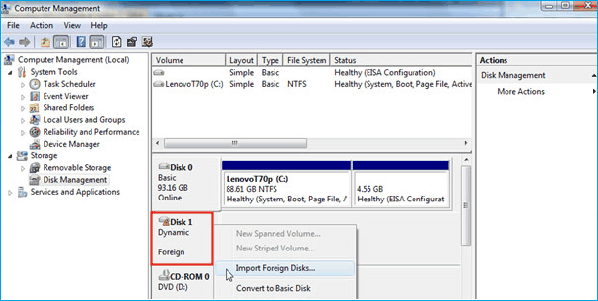An IDE drive is a Basic disk when using Windows 7 but turns into Dynamic Disk (Foreign) in Windows 10 installation.
What is happening? It's the same hardware. I disconnected all the hard drives from my Desktop PC and then connected a new hard drive and installed Windows 10 on it.
Now upon reconnecting the IDE drive it's showing as Dynamic (Foreign) in Disk Manager. I can probably import it back, but what is happening here?
All my SATA hard drives are normal, only the IDE is a problem.
When reconnecting the old hard drive with the old Windows 7 installation, everything is normal.
Could somebody explain that behaviour please? Thanks.
What is happening? It's the same hardware. I disconnected all the hard drives from my Desktop PC and then connected a new hard drive and installed Windows 10 on it.
Now upon reconnecting the IDE drive it's showing as Dynamic (Foreign) in Disk Manager. I can probably import it back, but what is happening here?
All my SATA hard drives are normal, only the IDE is a problem.
When reconnecting the old hard drive with the old Windows 7 installation, everything is normal.
Could somebody explain that behaviour please? Thanks.




